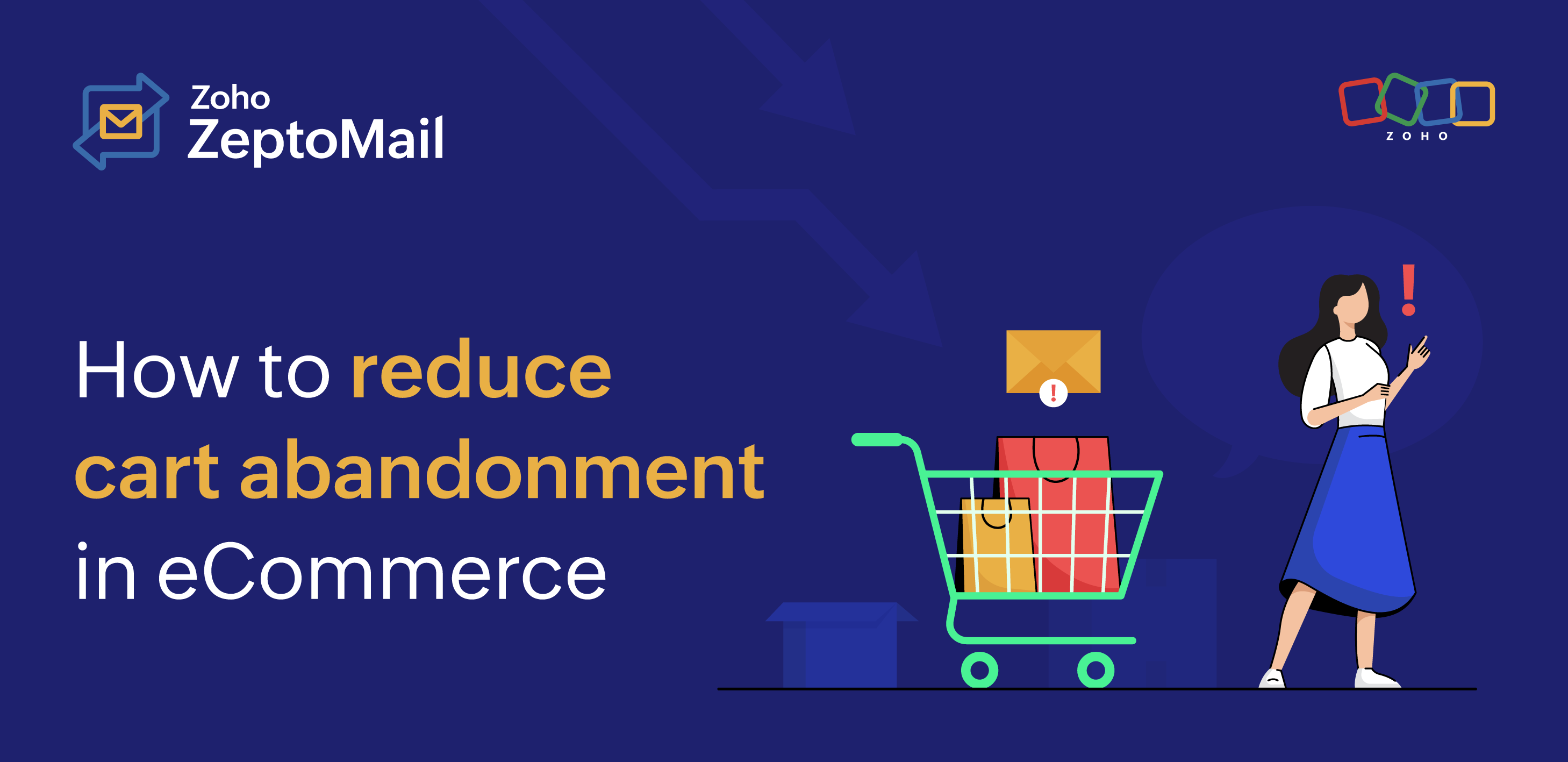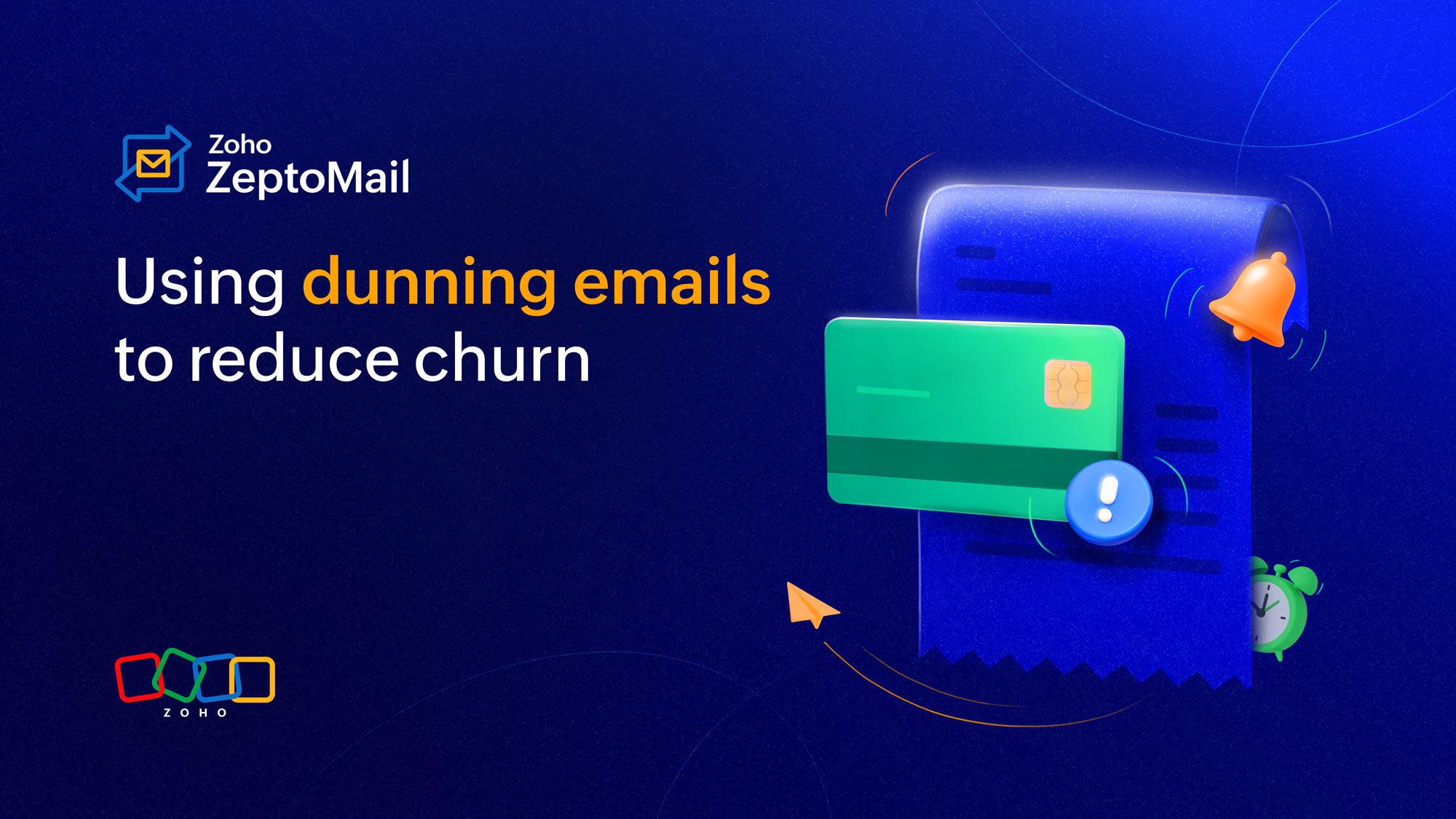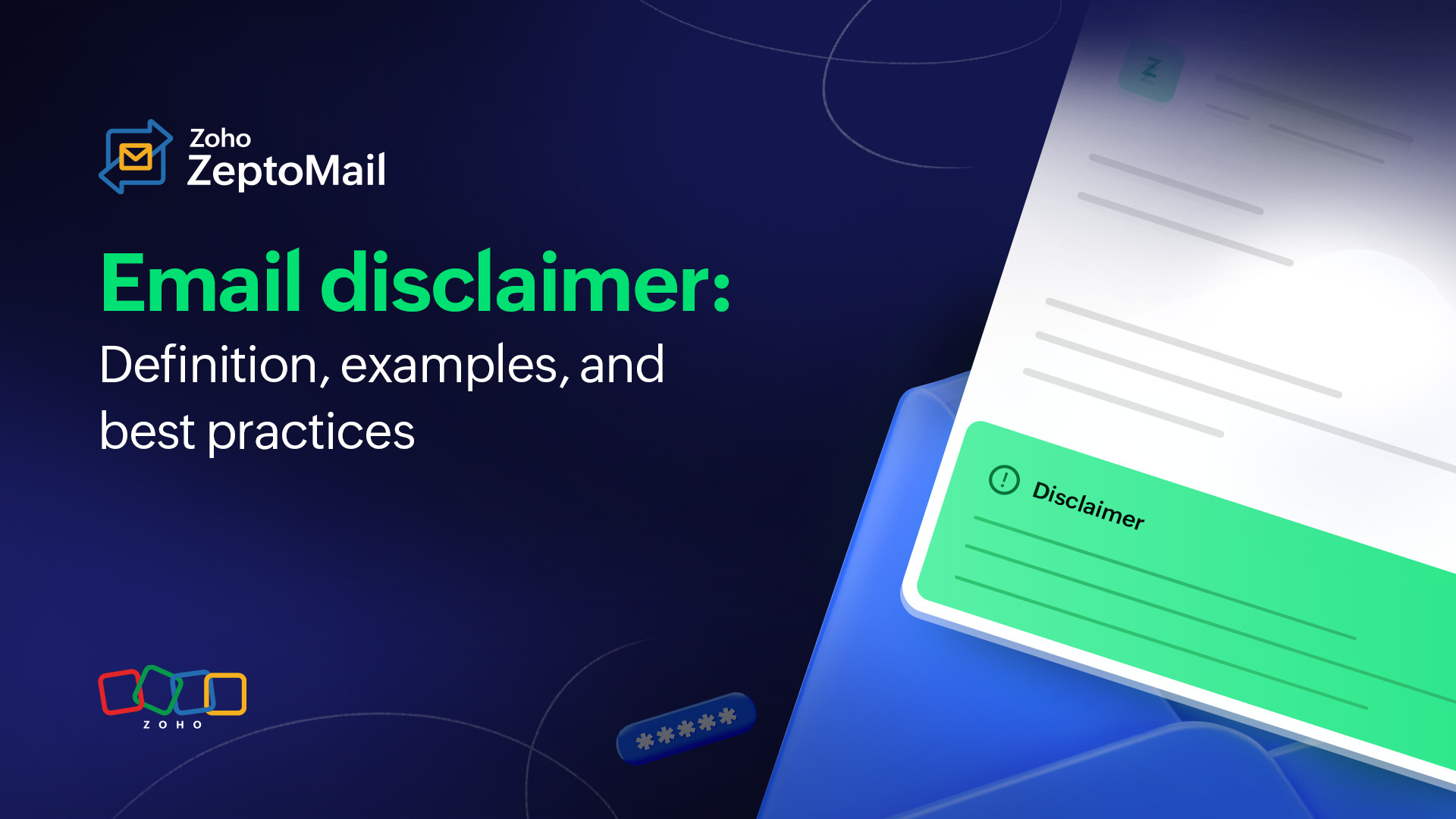- HOME
- More
- Best Practices
- Reasons for shopping cart abandonment in e-commerce and how to reduce it
Reasons for shopping cart abandonment in e-commerce and how to reduce it
- Published : August 30, 2024
- Last Updated : December 2, 2024
- 276 Views
- 10 Min Read
If you're an e-commerce business owner or run one, you know that you haven’t won the game until your customer has clicked on “complete purchase.” Even after doing a million things right to get your customers to add the items to cart, sometimes you’ll still lose their business when they abandon their cart.
A 2023 survey by Statista found that as many as 84% of online shoppers abandon their carts. This rate is highest in the home furniture industry. The lowest percentage rate, 61%, is in food and beverages. Even within a specific industry, the rate goes higher in hand-held devices like mobile and tablets. Even the lowest cart abandonment rate is still too high to ignore.
There are multiple reasons why your customers abandon the cart. While you can't fix it all, there are some practices you can follow to reduce the cart abandonment rate. Let’s take a look at the most common reasons for cart abandonment and measures you can take to avoid it.

Reasons for cart abandonment in e-commerce
Complicated checkout process
Checkout is the purchase process right after the item is added to the cart. If this process is complicated and confusing, it can cause users to leave the items in the cart. For example:
Too many steps and screen navigations to complete the purchase
Repeated steps
Requesting too much information
The longer the checkout process, the more likely that the customer will stop halfway.
Unexpected additional costs
For online shoppers, pricing is a huge deciding factor on whether they should purchase an item or not. When your customers add their items to the cart, if they come across hidden additional costs that increase their cart value, they’re less likely to go ahead with the purchase. These hidden costs can come in many forms:
Shipping costs displayed at the last step
No way to calculate final pricing upfront
Change in pricing of the item once it’s added to the cart
When faced with a sudden spike in the item cost, most customers will choose to abandon their cart.
Mandatory account creation
With mobile devices, customers access e-commerce sites while they’re on the go. They may not always have an account with you, and forcing them to create an account to make a purchase can lead to them dropping the purchase altogether. This can happen simply because they don’t want to do the sign-up process at that moment, or because they’re not willing to provide the information you’re requesting for the sign-up. Whatever the reason, forcing them to create an account on your platform can lose you customers and orders.
Technical issues
If your platform has glitches or errors in the checkout process, not all customers will stick through to the end. If the purchase process isn’t seamless or if they come across a roadblock due to technical errors, the customer may not come back later to complete the purchase.
Slow delivery
Whether they need it or not, customers like to receive their orders sooner rather than later. Sometimes, they’re in a time crunch and require the product in a short time frame. If the delivery date promised is too late or if the delivery estimate isn’t provided upfront during purchase completion, customers might hesitate to commit to the purchase.
Lack of payment options
As a consequence of the e-commerce boom, we have multiple forms of payment available. But not all customers are comfortable with all forms of payment. Some may prefer a card transaction while some may prefer to pay on delivery. When they don’t see their preferred mode of payment in the options during checkout, they're more likely to discontinue the purchase. They would prefer to buy from another platform that provides their preferred payment mode.
Payment failure
A declined card or any form of payment failure can make the customer hesitant to try purchasing the item again. They’ll worry that the payment will fail again or will question your process. This will lead to them leaving their cart midway through the checkout.
High cart total
Sometimes, when customers add multiple items to the cart, they’re not paying attention to the total cost. They simply look at the individual item pricing and keep adding. But once they’re done, and they look at the cart total, it can be overwhelming enough to make them hesitate. They will delay the purchase, and may never come back to complete the purchase.
Unsatisfactory payment security
If a customer is making a purchase with a credit card or providing you with their banking information, they feel better when they know that the payment and information is secure. When they doubt your authenticity and security, there’s a good chance that they’ll abandon the items in their cart instead of risking exposing their financial information.
Ambiguous return policy
One downside of online shopping is the inability to test the product and see the quality before purchase. No matter how much your customer likes a product, if it’s a first-time purchase, they’ll still be unsure of the item. Some items cannot be returned. But for the ones that can be, if there is no information on the return policy available, it will discourage the user from trying it out. A very short return period, no return policy, or no information on return policy can be detrimental to the purchase.
Promised offer unavailable
Offers are common in the e-commerce world, but if they’re not done right, they can lead to high cart abandonment rates. For example, let’s say you provide a coupon for $50 off on orders more than $300. The customer adds an item that exceeds $300, but the coupon isn’t applicable to the product they added to the cart. More often than not, the coupon is what convinced them to purchase the item, and when the offer isn’t available, they don’t continue to purchase. This also applies to offers advertised without mentioning a minimum cart value required.
Difficult navigation
When customers are purchasing multiple products, they often switch between exploring the site and the cart multiple times. If the navigation from the site and the cart isn’t quick and convenient, it can frustrate the customer and push them to abandon their cart.
Product unavailability
In some e-commerce platforms, a product’s availability isn’t shown upfront. This leads to the customer adding an item to their cart and then realizing that the item is out of stock or that enough quantity of the item isn’t available. Even if the item is restocked later, they may have already bought the product from somewhere else, and leave your item sitting in the cart.
Lack of assistance
When your customer is looking to make the purchase but is stuck in the process or has questions, they look for easy ways to reach out to you. If there aren’t enough support options available during checkout, the checkout will not be a seamless process and will lead to cart abandonment.
Not being mobile friendly
Shopping on the go is very common in today’s digital world. Customers don’t always open their laptops to place an order. If your checkout process isn’t mobile or tablet-friendly, customers may not be able to complete the purchase even if they want to.
Excessive cross-selling
Product suggestions and similar product alternatives can help your customers explore the wide range of collections you have to offer. But if these cross-sell or up-sell techniques extend into the cart or the checkout process, it can distract the customer from purchasing the item they’ve already added to the cart.
Pricing comparison
When one product is available across multiple e-commerce platforms, customers simply add items to the cart to see the final value so they can compare the price across platforms. Because they’re adding the same items to multiple carts, inevitably, they’ll abandon the carts on all platforms but one.
Waiting for a sale
Customers tend to use the cart as a wishlist in some cases. They’re either saving the items for later or keeping them in their cart, hoping for a sale or better offer.
Ways to reduce cart abandonment in e-commerce
Some reasons for cart abandonment aren’t in your control. Sometimes, customers simply add items to the cart to compare prices, save them for later, or wait for a sale. While these are reasons that you cannot rectify, there’s a long list of ways you can reduce cart abandonment in your e-commerce business. Here are some areas where you can make enhancements to reduce cart abandonment.
Checkout process
Simple checkout process
Keep the checkout process as simple and short as possible. Fewer steps and less information required are more likely to encourage customers to complete purchase.
Guest checkout
If your e-commerce platform isn’t well known, it’s possible that customers won’t want to create an account with you. Sometimes, they’re simply not logged into the account at the time of purchase. Provide the option to complete the purchase as a guest instead of forcing them to sign up or login.
Progress indicators
No matter how long the checkout process is, show clear progress indicators so the customers know how many more and what steps they have left in the checkout process.
Clear CTA for next steps
At each step of the checkout, display a clear CTA that tells the customer what the next step is. If the customers are unsure of what the next step is, they might abandon the process. Ensure you use clear and familiar text for the CTAs.
Mobile-friendly checkout
With the increase in shopping through handheld devices, your checkout process has to be seamless across multiple devices and browsers. It has to be easy to complete even on a small screen like mobile devices.
Payment process
Transparency about pricing
Always be transparent about the costs that are involved in the order. Whether it’s shipping, taxes, or platform fees, ensure that they’re mentioned upfront in the earliest possible step. Wherever possible, mention the reason for the additional cost.
Payment options
Provide ample options for payment that the customer can choose from. The options should cover all commonly used methods, and within each method, provide options for different gateways.
Free or discounted shipping costs
Shipping cost is a common factor in customers deciding not to purchase an item. It’s often viewed as an inconvenience. Wherever possible, provide free shipping to encourage customers to place the order. It’s not always possible or feasible to waive the shipping cost for all orders, so instead you can provide free shipping for orders above a certain cart value. This will encourage them to purchase the item along with a few more.
Secure payment
If your customers are using credit cards to make payments, they’ll be more inclined to make the purchase if they’re confident that the payment is secure. Ensure that you display industry standard trust symbols to ensure secure payment.
Pay later
There are some cases where the payment fails during a purchase. In these cases, instead of canceling the order, allow your customer to complete the purchase and pay later. You can send them a payment link and a deadline for the payment to be made for the order to be fulfilled.
Pricing
Total savings
If the customer is making the purchase during a price drop or are privileged members with perks like free shipping, show the total money they save by purchasing the items in the cart. This will push them to make the purchase instead of putting it off until later.
Reward program
If you have a reward program, display the collected points that they can use during the purchase. This will act as a coupon and help them reduce the cart value. Along with this, also show how many points they’ll be collecting by making the purchase.
Discount on cart value
With multi-item purchases, the total cart value can sometimes overwhelm the customer. It will make them hesitate to make the purchase in that instant. Offer discounts on higher cart values to battle this. This way, customers are more likely to buy more.
Consistent price tag
Make sure that the updated price of the product is displayed consistently across your platform. Showing an increased price once the item is in the cart can throw off customers and even lead them to question your brand.
Coupons
Coupons and offers are common in e-commerce, but a lot of brands get the execution wrong. First, in the item listing, show what price the customer could get the item for by using the coupon. Second, if there’s a certain requirement or exception for the coupon, mention it clearly so the customer isn’t disappointed when they try to use the coupon.
Platform enhancements
Display cart
Once a customer adds an item to the cart, display the cart and the pending purchase on every screen of the platform. This will nudge the customer to return to the cart once they’re done exploring.
Easy navigation
Often, customers switch between exploring the site and the cart multiple times. Make sure that the navigation to and from the cart is as easy and seamless as possible so the process doesn’t frustrate the customer.
Clear refund/return policy
Mention a clear return or refund policy on your e-commerce website. If the policy varies from item to item, mention the policy in each product listing. This helps the customer make an informed decision and assure them that any issues can be rectified.
Efficient support
Make customer support accessible throughout the platform, and especially in checkout. It can be live support via chat or call. This helps customers who are stuck somewhere during the purchase process. It’s also a way for the customers to get any questions answered.
Social proof
Provide social proof of the product’s quality and effectiveness. Display awards that the products have won or display testimonials from users talking about how the product helped them. If the customer is hesitating on converting the cart to a purchase, this can help convince them.
Site/app performance
Build your e-commerce site or application with a seamless customer experience focus. The loading speed of the item listing, carts, and coupons have to be high so the customer isn’t left staring at a blank screen while the page loads.
Inventory management
Despite great inventory management, it’s possible that sometimes you’re running low on a certain item. In such cases, display the available quantity clearly in the product listing. If an item is unavailable, make sure that it’s not listed on your platform. This way, you can avoid customers adding an item to cart only to find out that it’s out of stock.
Easily editable cart
Once the items are added to the cart, the customer should be able to edit the quantity or items in the cart easily, no matter what device or browser they’re accessing it from.
Delivery estimate
Show the estimated delivery time right in the product listing itself so the customer can decide if the timeline works for them. This is easier than having the customer add the item to the cart before revealing the delivery estimate.
Wrapping up
While all these measures don't guarantee no abandoned cart, it will help reduce your cart abandonment rate significantly. If you still come across abandoned carts, you can always write a perfect abandoned cart email to re-engage with the customers.


